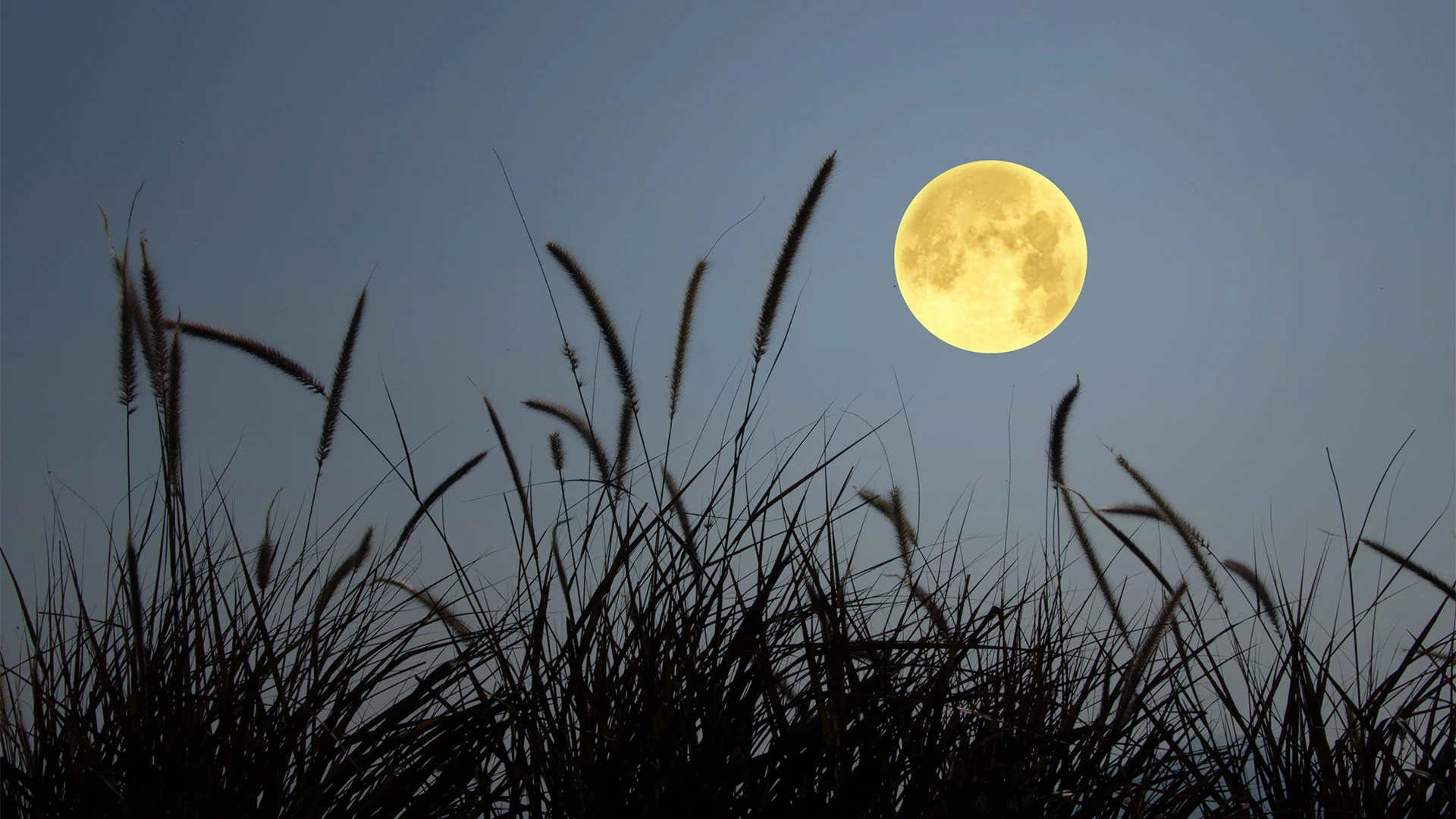
"The 'Flower Moon' in May signifies the blooming flowers, following the April showers, and derives its name from Native American culture, notably the Algonquin people."
"Historically, explorers and writers like Jonathan Carver and Henry David Thoreau have referenced the lunar names associated with spring and the blossoming of nature."
"A micromoon occurs when the moon is full at its apogee, meaning itâs at the farthest point from Earth, making it appear smaller and dimmer."
"Despite being a micromoon, the Flower Moon still promises to be a captivating sight in the night sky, showcasing nature's beauty in spring."
The May full moon, known as the 'Flower Moon', takes its name from Native American culture, particularly the Algonquin people, due to the blooming of flowers during this month. This year's Flower Moon also happens to be a micromoon, where the moon appears smaller because it's at its farthest point from Earth. Various tribes have their alternative names for the May moon, celebrating the natural changes of spring. The Old Farmer's Almanac highlights this celestial event, connecting it to historical references made by early explorers and writers.
Read at Fast Company
Unable to calculate read time
Collection
[
|
...
]